Home>Ideas and Tips>How To Design A Zen Rock Garden For Meditation
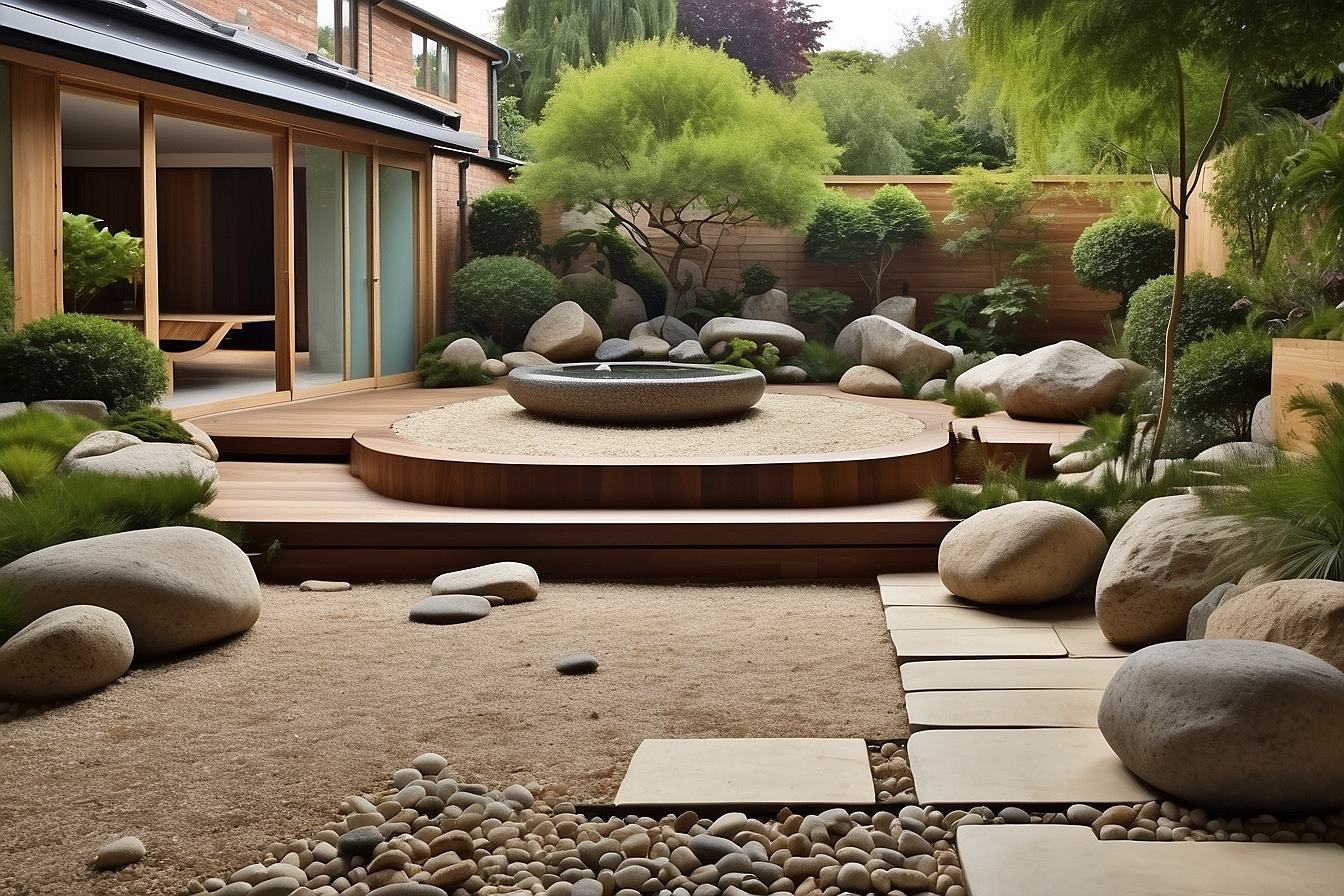

Ideas and Tips
How To Design A Zen Rock Garden For Meditation
Published: September 20, 2024
Create a serene Zen rock garden for meditation with our step-by-step guide. Learn to design a tranquil space that promotes mindfulness and inner peace.
(Many of the links in this article redirect to a specific reviewed product. Your purchase of these products through affiliate links helps to generate commission for Storables.com, at no extra cost. Learn more)
Creating a Zen rock garden is a journey that combines the principles of Zen philosophy with the art of landscaping. These gardens are designed to promote mindfulness, serenity, and a deep connection with nature. Whether you have a small backyard or a spacious outdoor area, you can transform it into a tranquil oasis that invites meditation and contemplation. In this article, we will guide you through the process of designing and creating your own Zen rock garden, step by step.
Choosing the Perfect Location
Before you begin designing your Zen rock garden, it is crucial to select the right location. The ideal spot should be quiet and secluded, away from distractions and noise. Ideally, it should receive adequate sunlight but not be exposed to harsh direct sunlight, which can cause the gravel or sand to become too hot for comfortable walking.
Considerations for the Location
- Sunlight: While some sunlight is necessary for the plants and to highlight the textures of the gravel or sand, direct sunlight can be overwhelming. A spot that receives partial shade or dappled sunlight is often ideal.
- Privacy: A Zen garden is meant to be a private space where you can meditate and reflect. Choose a location that is not visible from neighboring windows or public areas.
- Accessibility: Ensure that the location is easily accessible without being too close to foot traffic or other areas of high activity.
- Drainage: Make sure the area drains well to prevent water accumulation, which could lead to muddy paths or damage to the plants.
Planning Your Zen Garden Layout
Once you have identified the perfect location, it's time to start planning your Zen garden layout. This involves visualizing the space and deciding which elements will be included.
Visualizing Your Space
- Measure the Area: Take precise measurements of the space to get an accurate idea of its dimensions and shape.
- Sketch Your Design: Create a rough sketch of how you want to arrange the rocks, gravel, and other elements. This will help you visualize the finished space and make any necessary adjustments before starting the project.
Selecting Elements
A traditional Zen garden typically includes carefully arranged rocks, raked gravel or sand, and minimalistic plantings such as moss or small trees like Japanese maples. Here are some key elements to consider:
- Rocks: Rocks are one of the most important components of a Zen garden. They represent eternity and enduring elements in nature. Choose rocks that have an appealing shape and texture, and arrange them in a way that creates a harmonious composition.
- Gravel or Sand: Gravel or sand serves as a blank canvas for creating patterns or lines that simulate water movement or energy flow. Use a rake to carefully create these patterns, allowing your creativity to flow freely.
- Plants: Plants add life and color to your Zen garden but should be understated to maintain the minimalist nature of the space. Bamboo, moss, and small trees like Japanese maples are popular choices.
- Water Features: While traditional Zen gardens do not typically include water features, modern variations often incorporate small fountains or ponds to enhance the auditory experience and contribute to the therapeutic ambiance.
- Pathways: Paths in Zen gardens serve a purpose beyond aesthetics; they guide your steps and thoughts. Create winding pathways using stepping stones that invite contemplation with every step taken.
Preparing the Ground
Before you can start building your Zen garden, you need to prepare the ground.
Clearing the Area
- Remove Debris: Clear the area from any debris or vegetation that might interfere with your design.
- Level the Ground: Ensure that the ground is level and even to provide a stable foundation for your garden.
Creating a Base Layer
- Use Sand or Gravel: Create a base layer using sand or gravel to provide a stable foundation for the rocks and other elements.
- Compact the Base Layer: Compact the base layer to prevent settling over time, which could affect the stability of your design.
Selecting and Arranging Rocks
Rocks are an essential element of a Zen garden, representing eternity and enduring elements in nature. Here’s how to select and arrange them:
Choosing Rocks
- Variety of Sizes: Choose rocks of different sizes to create focal points and add depth to your design.
- Texture and Shape: Select rocks with appealing textures and shapes that resonate with you.
- Natural Groupings: Consider natural groupings when placing rocks rather than arranging them symmetrically, as asymmetry is a key principle of Zen design.
Arranging Rocks
- Primary Focus: Install larger rocks first since they are the heaviest material and act as sculptural elements.
- Balance and Harmony: Arrange smaller rocks around the larger ones to create balance and harmony in your design.
- Symbolic Meaning: Use rocks to represent various natural elements such as islands, mountains, animals, or fire and earth.
Creating Patterns with Gravel or Sand
Gravel or sand is used to create patterns that simulate water movement or energy flow. Here’s how to create these patterns:
Preparing Gravel or Sand
- Finely Crushed Gravel: Use finely crushed gravel, pea gravel, or small smooth pebbles which will be easy to rake into patterns.
- Neutral Colors: Use light neutral colors like white, cream, or grey which are most typically used in Zen gardens.
Read more: Building A Peaceful Zen Garden On A Budget
Creating Patterns
- Rake Gravel: Use a fine-toothed metal rake to smooth out the gravel before creating patterns.
- Design Patterns: Use a specially designed wide-toothed rake to draw patterns in the gravel that signify seasons or evoke certain moods.
- Lines Around Rocks: Simulate water ripples by drawing lines around larger rocks, while wavy lines can mimic a meandering stream.
Incorporating Plants for Balance
Plants serve as the breath of the garden, providing life and color while maintaining the minimalist nature of your Zen garden.
Selecting Plants
- Peaceful Species: Select species that elicit peace and are easy to maintain such as bamboo, moss, and small trees like Japanese maples.
- Understated Greenery: Opt for understated greenery that complements rather than overpowers the minimalist nature of your Zen garden.
Planting Considerations
- Root Systems: Consider the root systems and growth patterns of plants to protect your serene space from invasive roots.
- Root Barriers: Utilize root barriers if necessary to manage plant growth and maintain harmony in your garden design.
Read more: How To Design A Rock Garden
Creating Pathways for Contemplation
Paths in Zen gardens serve a purpose beyond aesthetics; they guide your steps and thoughts.
Designing Pathways
- Winding Paths: Create winding pathways using stepping stones that invite contemplation with every step taken.
- Clear Destinations: Allow each path to have a clear destination whether it be a sitting area or a particularly stunning aspect of your garden, encouraging exploration and mindfulness.
Introducing Water Features for Flow
Water symbolizes renewal and fluidity in a Zen garden. Adding a simple water feature enhances both the beauty and auditory experience of your oasis.
Types of Water Features
- Small Fountains: Incorporate small fountains or ponds that contribute to the therapeutic ambiance by creating soothing sounds.
- Placement Considerations: Place water features strategically so they do not overwhelm other elements but rather complement them harmoniously.
Accentuating with Accessories
Personalize your Zen garden with subtle yet significant touchpoints that enhance its Zen qualities without detracting from its essence.
Accessories to Consider
- Wooden Bridge: Add a wooden bridge for crossing over water features or creating a sense of transition between different areas of the garden.
- Zen Sand Garden: Incorporate a Zen sand garden for raking, which is part of the meditative process itself.
- Stone Lanterns: Use stone lanterns to illuminate evenings and create a serene ambiance.
Practicing Regular Upkeep
A Zen garden’s aesthetic might hinge on minimalism, but its upkeep requires consistent care to maintain peace and tranquility.
Maintenance Tasks
- Raking Gravel: Regularly rake gravel to create texture and patterns that simulate water movement or energy flow.
- Pruning Plants: Prune plants to maintain their intended form while ensuring they do not overgrow or disrupt harmony in the garden.
- Cleaning Water Features: Clean water features regularly to prevent stagnation and maintain their therapeutic sounds.
Read more: How To Design A Low-Maintenance Rock Garden
Embracing the Seasons
Embrace the changing seasons as an integral part of your Zen garden’s life cycle, showcasing vibrant colors during autumn or stark beauty during winter.
Seasonal Reflections
- Seasonal Arrangements: Allow plants to grow and change with seasons while maintaining their symbolic meanings within your design.
- Dynamic Design: Reflect natural cycles by incorporating seasonal elements such as autumn leaves or winter snowflakes into your patterns or arrangements.
Reflecting Individuality in Design
While traditional Zen garden elements are key, infusing personal touches can make the space truly yours, deepening its impact on your path to tranquility.
Personal Elements
- Collecting Stones: Collect stones from memorable places or use artifacts that have personal significance.
- Incorporating Plants: Incorporate plants that hold particular meaning or resonate with you personally.
- Unique Touches: Add unique touches such as a personal mantra or inspirational quote etched into a stone or incorporated into plant labels.
Conclusion
Designing a Zen rock garden is an exercise in mindfulness that transcends mere landscaping; it’s a deeply personal exploration of peace, mindfulness, and harmony with nature. By embracing principles like simplicity, balance, natural beauty, and individuality, you create more than just a space—you craft an environment that invites you to slow down, breathe deeply, and connect with the moment. Whether you’re drawing your first sketch or simply sitting in contemplation beside your newly created oasis, remember that your Zen garden is a powerful testament to your commitment to peace and mindfulness.
By following these steps and tips, you can transform any outdoor space into a serene and peaceful Zen rock garden that fosters meditation and contemplation. Remember to be patient, open-minded, and present throughout the process as you embark on this transformative journey toward inner peace through the art of Zen garden design.
Was this page helpful?
At Storables.com, we guarantee accurate and reliable information. Our content, validated by Expert Board Contributors, is crafted following stringent Editorial Policies. We're committed to providing you with well-researched, expert-backed insights for all your informational needs.
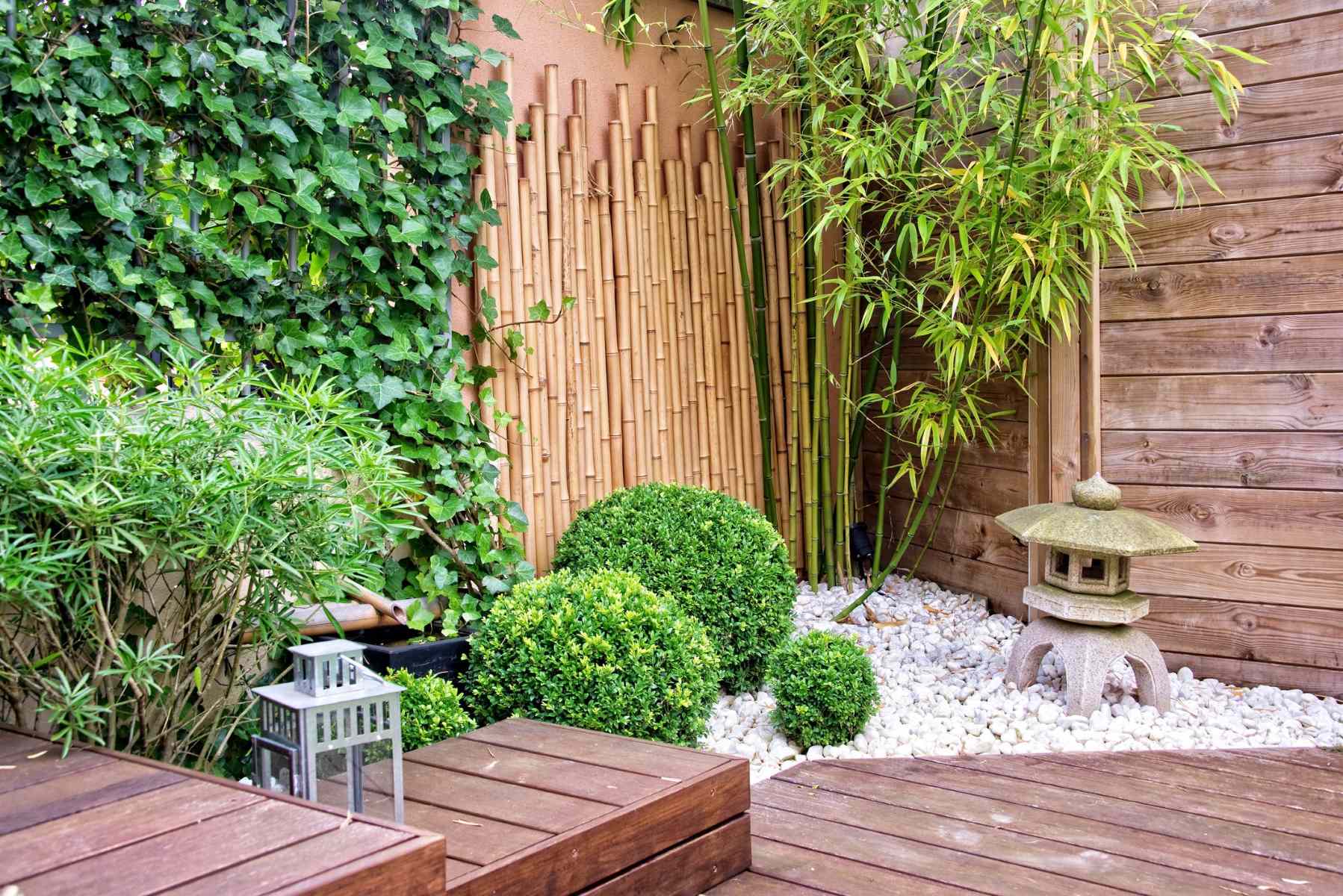
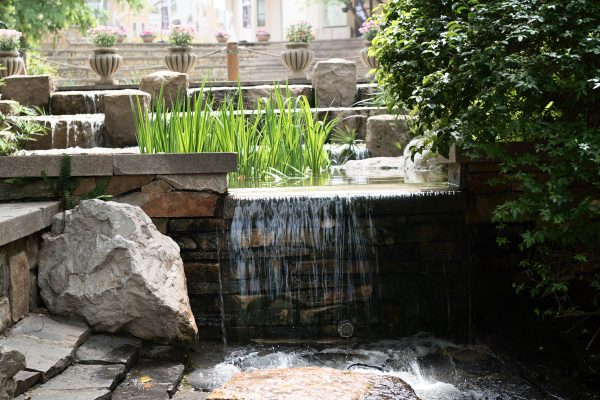

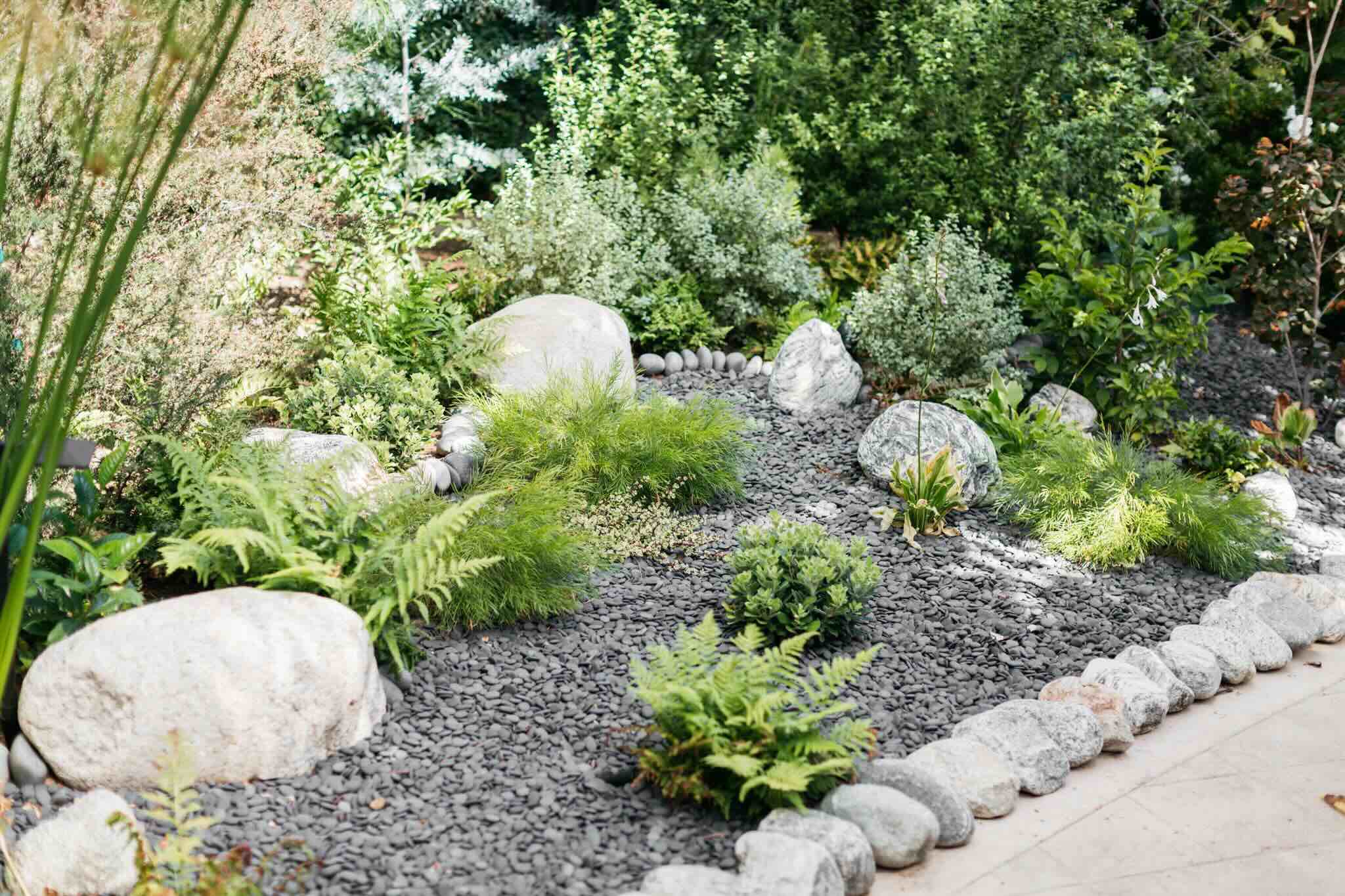

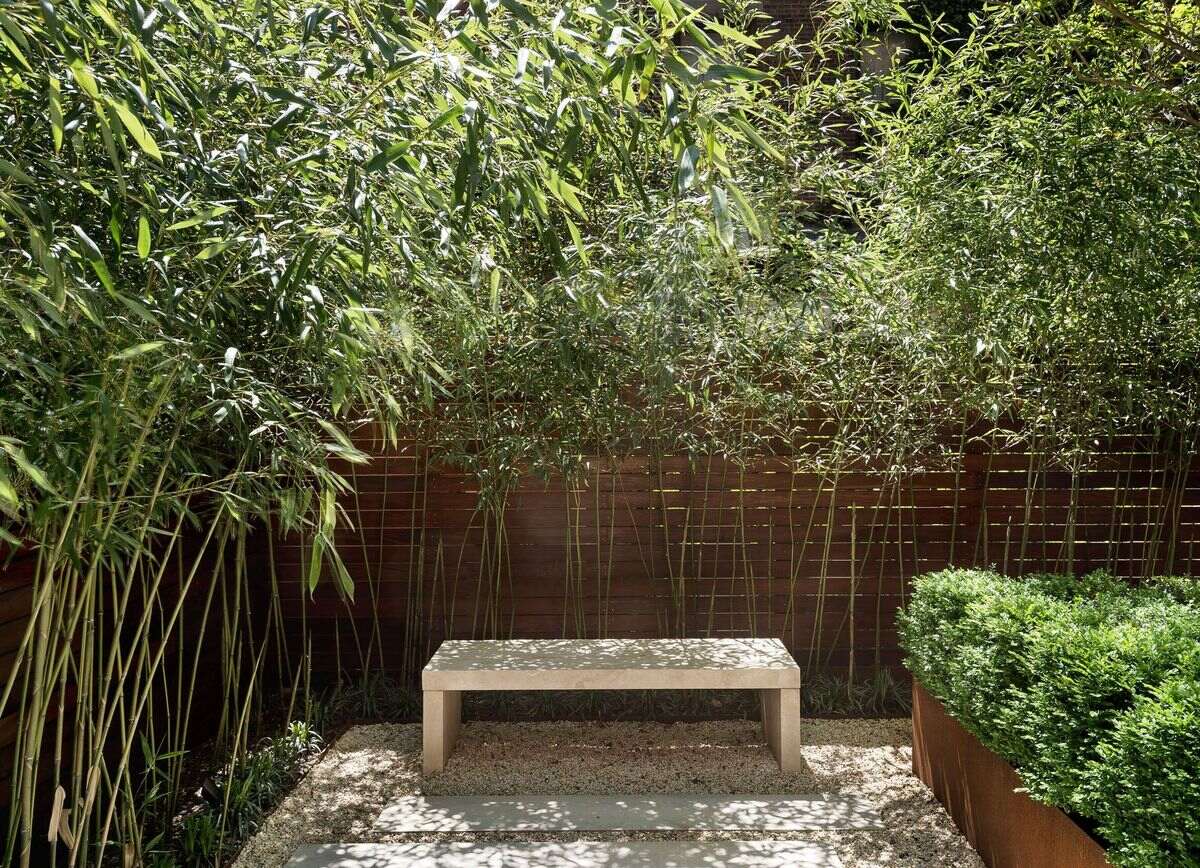
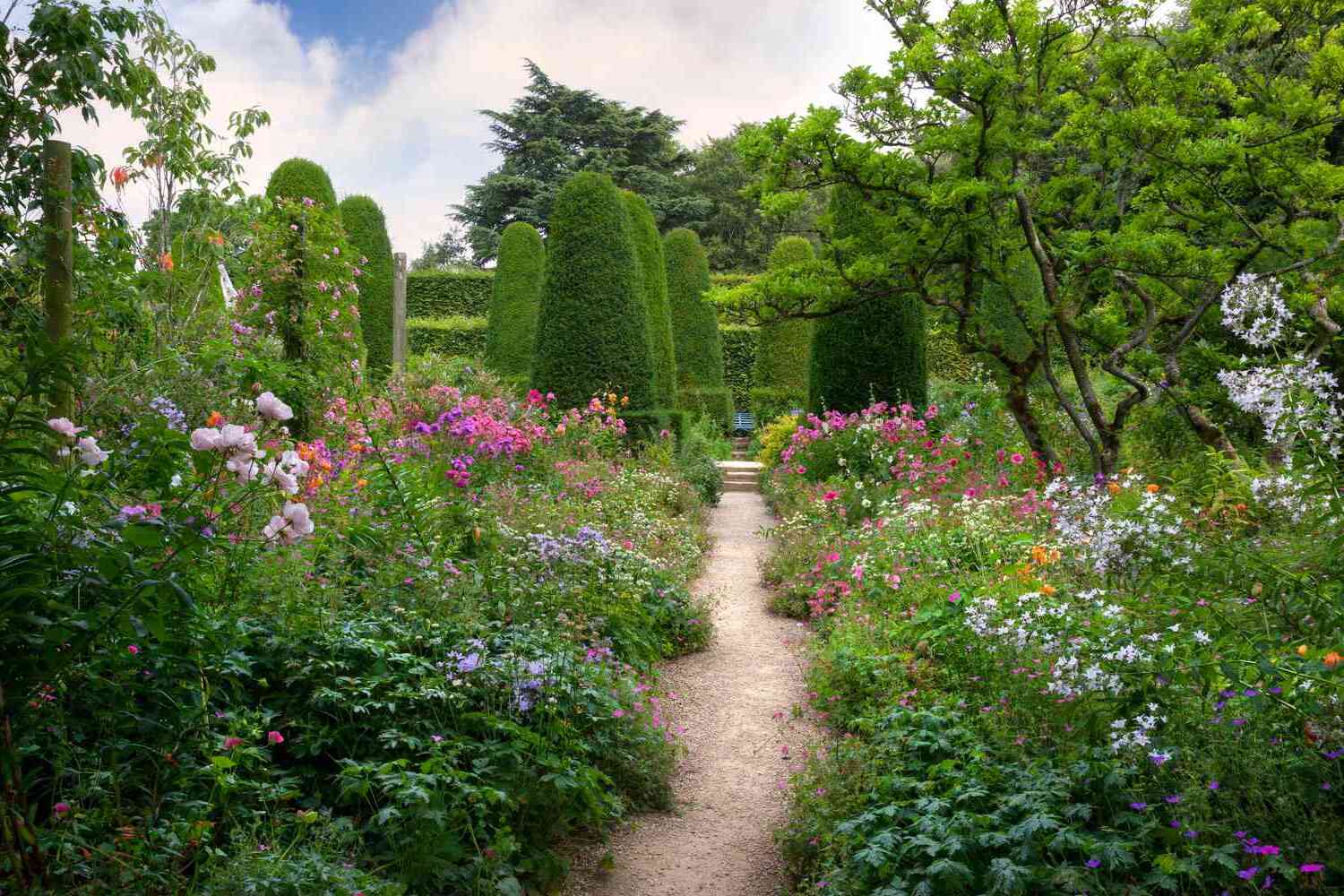


0 thoughts on “How To Design A Zen Rock Garden For Meditation”